
Découvrons le millet
 8 min
8 min
Découvrons le millet
Une céréale méconnue qui gagnerait à être plus souvent dans nos assiettes
On connaît les céréales comme le blé, le riz, le maïs, l'avoine, mais on connaît moins le millet. Pourtant, cette céréale peut facilement rivaliser avec les plus populaires, grâce à sa facilité de culture, ses bienfaits nutritionnels et le fait qu'elle peut être ajoutée à n'importe quel repas.
Ce terme générique de "millet" regroupe dix à douze types de céréales différentes, réparties en deux groupes : le sorgho et le millet proso. Ce dernier, dont les grains sont beaucoup plus petits, est considéré comme le "vrai" millet.
Disponible sous forme de grains, de flocons ou de farine, cette céréale très populaire en Afrique et en Asie est complètement oubliée en Occident. Alors que la majeure partie de la récolte est encore destinée à l'alimentation du bétail, peut-être devrions-nous songer à l'intégrer à notre menu.
Avantages nutritionnels
Le millet est une excellente option pour les personnes souffrant d'une intolérance au gluten et présente de nombreux avantages. Il est non seulement riche en minéraux, tels que le fer, le zinc et les vitamines B, mais il est également riche en fibres et facile à digérer. Le millet est une excellente source de protéines, ce qui en fait un aliment idéal pour les régimes végétariens. Il a un faible indice glycémique et contient beaucoup d'acides pantothéniques, qui peuvent aider à réduire la sensation de fatigue.
Avantages de la culture du millet
Le millet présente divers avantages écologiques, en plus d'être bénéfique pour notre bien-être et notre santé. Cette céréale nécessite beaucoup moins d'eau que le riz, ce qui signifie que le remplacement partiel du riz par le millet pourrait réduire considérablement le besoin d'irrigation des terres. En outre, le millet a besoin de moins d'engrais pour pousser, ce qui en fait une option plus respectueuse de l'environnement.
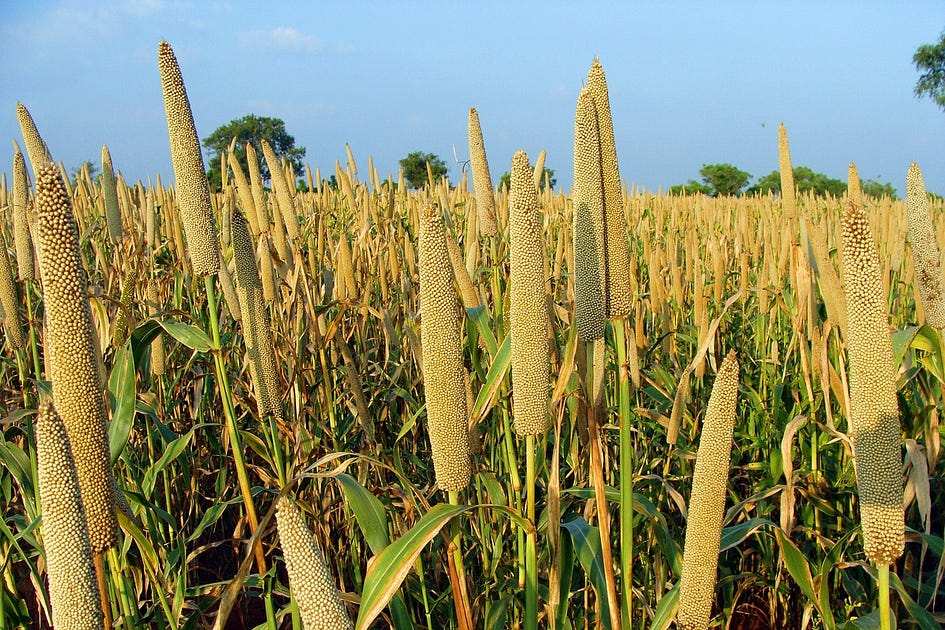
Le millet est un type de culture connu pour sa capacité exceptionnelle à résister à des conditions climatiques extrêmes. Contrairement à d'autres cultures, le millet est très résistant à la sécheresse et aux variations importantes de température, ce qui en fait un choix idéal pour les agriculteurs à la recherche d'une culture plus fiable. Grâce à sa remarquable capacité d'adaptation, le millet peut prospérer dans une variété d'environnements, y compris les zones arides et les sols dégradés, où d'autres cultures peuvent avoir du mal à survivre.
Le millet mûrit également très rapidement. Il peut produire des grains 45 jours seulement après la plantation. Cela signifie que de grandes quantités de millet peuvent être produites rapidement et qu'elles peuvent être stockées pratiquement indéfiniment dans des conditions optimales.
Cuisiner le millet
Le millet est une céréale polyvalente qui peut être utilisée de nombreuses façons. Il peut être considéré comme un croisement entre le quinoa et l'avoine.

Le millet peut être utilisé pour faire de la bouillie, tout comme les flocons d'avoine ou les flocons d'avoine. Il peut être bouilli dans du lait ou de l'eau chaude et servi avec des fruits, des noix ou du yaourt.
Il peut également être utilisé pour préparer un couscous ou un risotto, avec une délicieuse sauce pour ajouter de la saveur, ou être ajouté à une soupe en le faisant bouillir ou mixé pour faire une soupe veloutée.

Le millet peut être moulu en farine et utilisé à la place de la farine ordinaire dans les recettes de muffins ou de gâteaux. Il ajoute des protéines à ces desserts moelleux et peut même être utilisé pour faire de la pâte à pizza.
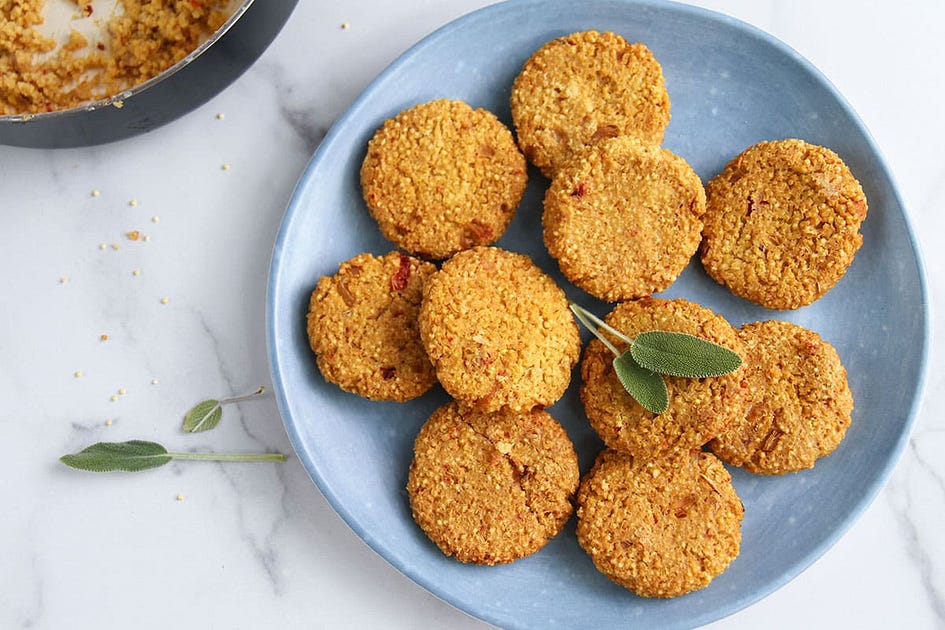
Il est possible de faire preuve de créativité avec le millet et de préparer de délicieuses croquettes végétariennes ou une galette de hamburger. Mélangé à de l'oignon, un peu de farine, des œufs et de la chapelure, le millet peut être ajouté à un mélange dont on peut faire cuire des morceaux à la poêle pour obtenir une croquette ou un hamburger.
Adaptable et multifonctionnel, le millet peut être ajouté à de nombreux types de recettes, en remplaçant d'autres ingrédients ou en ajoutant une valeur nutritionnelle.
Précaution
Il est essentiel de cuire le millet avant de le consommer, car le manger cru peut endommager les protéines en raison des enzymes qu'il contient. Le millet est connu pour contenir une quantité importante d'acide phytique, qui peut empêcher l'absorption des vitamines et des minéraux dans l'organisme. Pour tirer le meilleur parti du millet, il est recommandé de le faire tremper pendant une à deux heures avant de le cuire, ce qui permet de réduire la teneur en acide phytique. Veillez à changer l'eau de trempage avant la cuisson.
Profitez des bienfaits du millet, mais n'en abusez pas !
Le millet présente de nombreux avantages et bénéfices pour notre santé et nos cultures. Toutefois, à l'instar du quinoa, dont les propriétés nutritionnelles sont comparables, il convient d'être prudent et de ne pas laisser monter en flèche la popularité du millet. Les experts mettent en garde contre un enthousiasme excessif, citant les conséquences négatives observées avec le quinoa. La demande croissante a conduit à son retrait des régimes alimentaires locaux au profit d'exportations rentables. Le millet est un bon aliment à ajouter à notre régime alimentaire pour le rendre un peu plus varié, mais il n'est pas nécessaire d'en mettre partout non plus.
Comme tout dans la vie, y compris dans l'alimentation et la cuisine, c'est une question de modération et de variété !









 English
English
 Français
Français
 Deutsch
Deutsch
 Italiano
Italiano
 Español
Español



 Contribute
Contribute


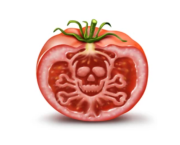



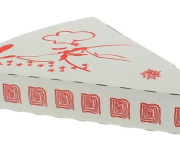

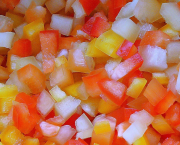
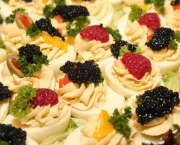
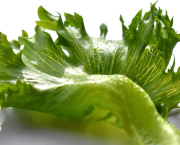

 You can support your favorite writers
You can support your favorite writers






Alexandre Leforestier 1 year ago
I didn’t know this seed ! Thanks for discovering
Melodie Langevin 1 year ago
It was a pleasure to introduce you to it! :)